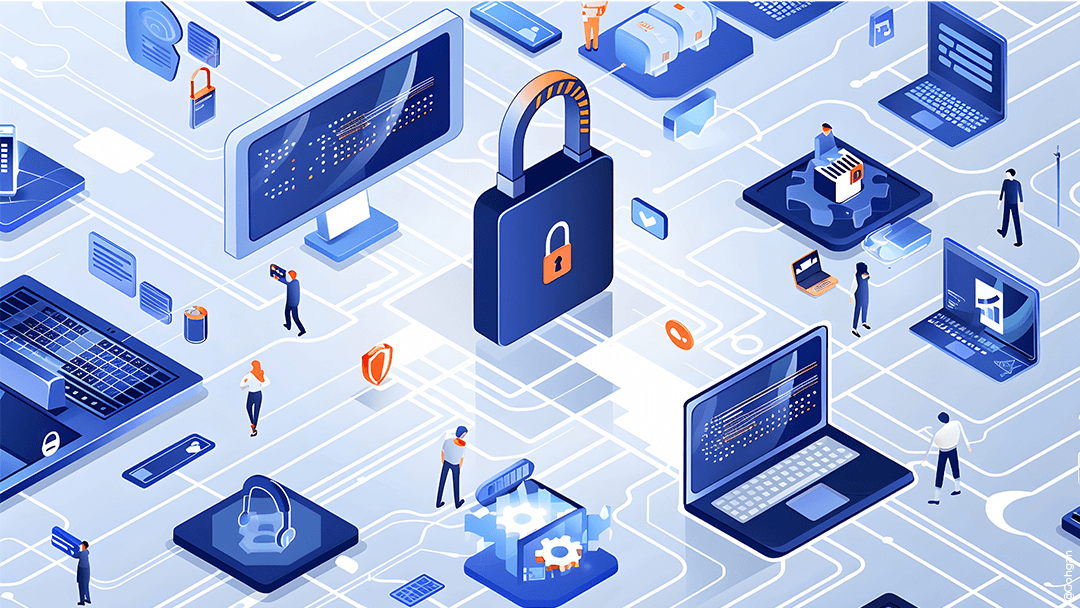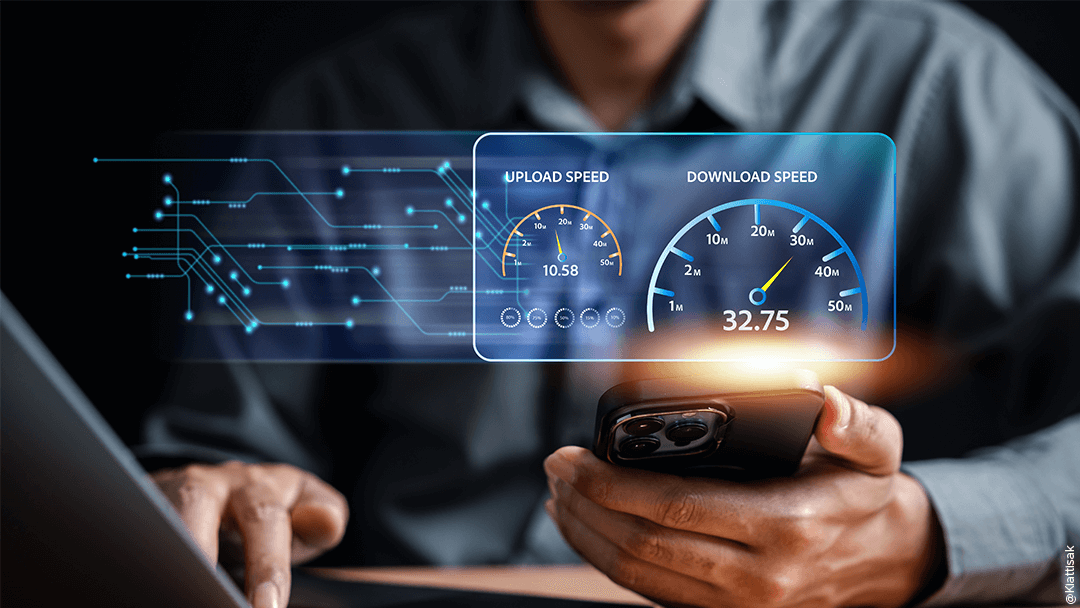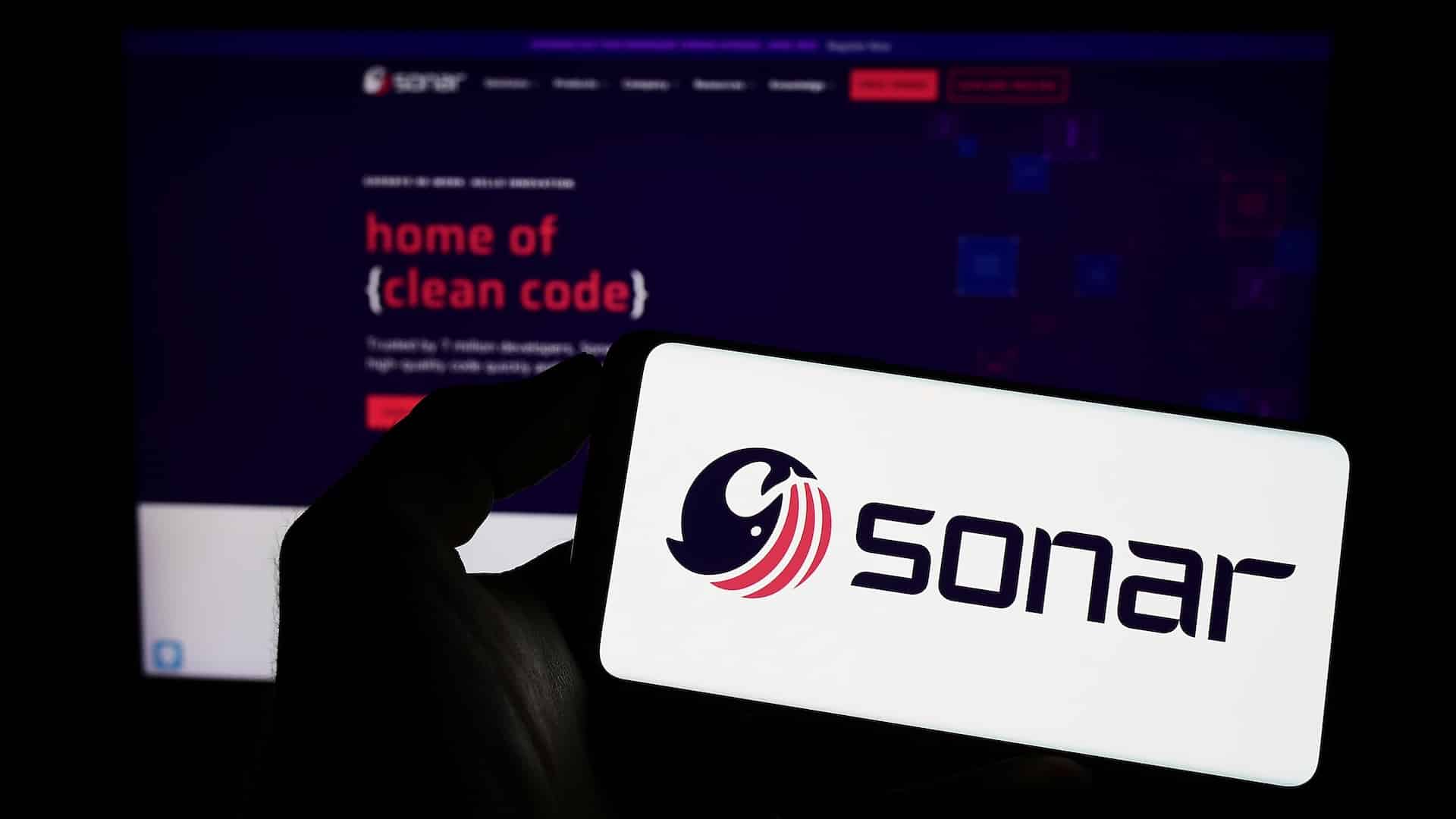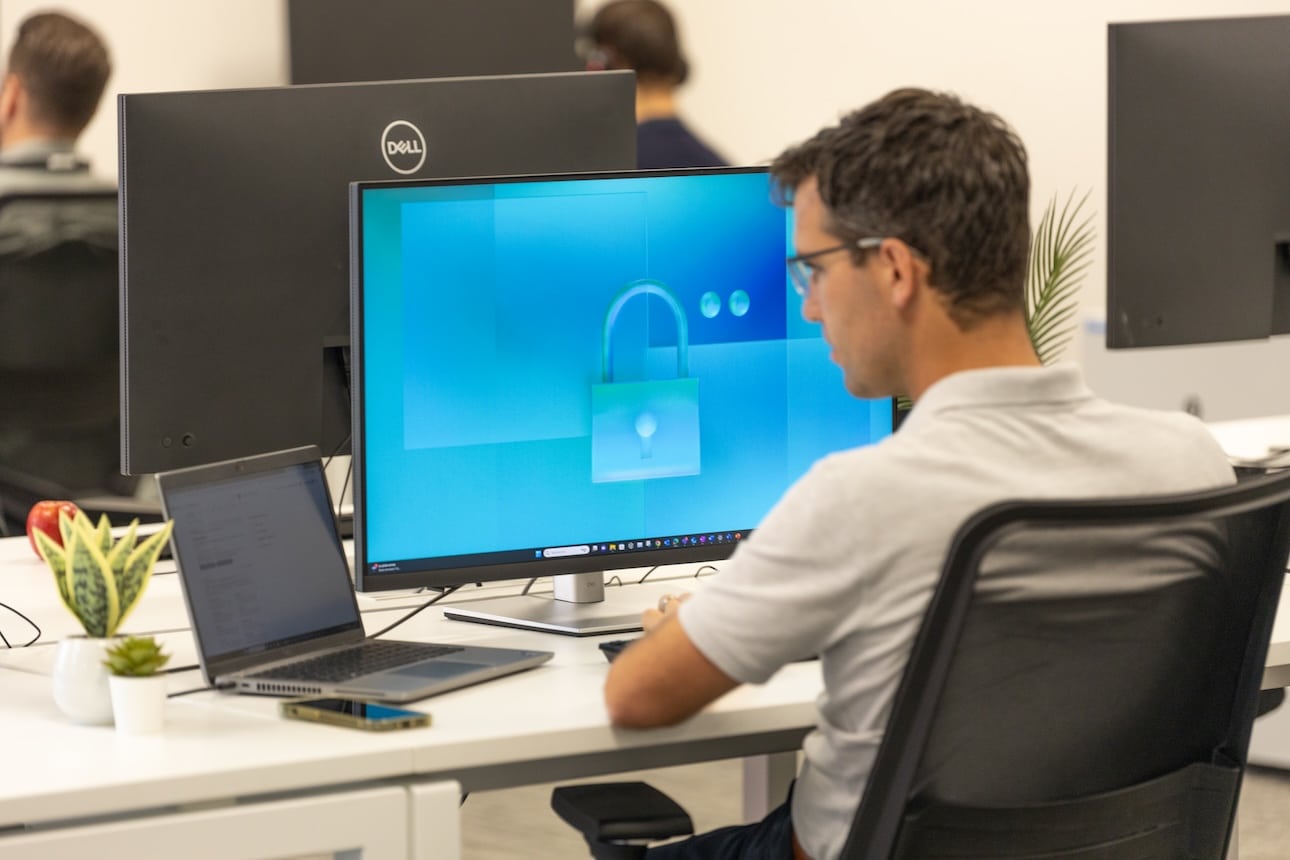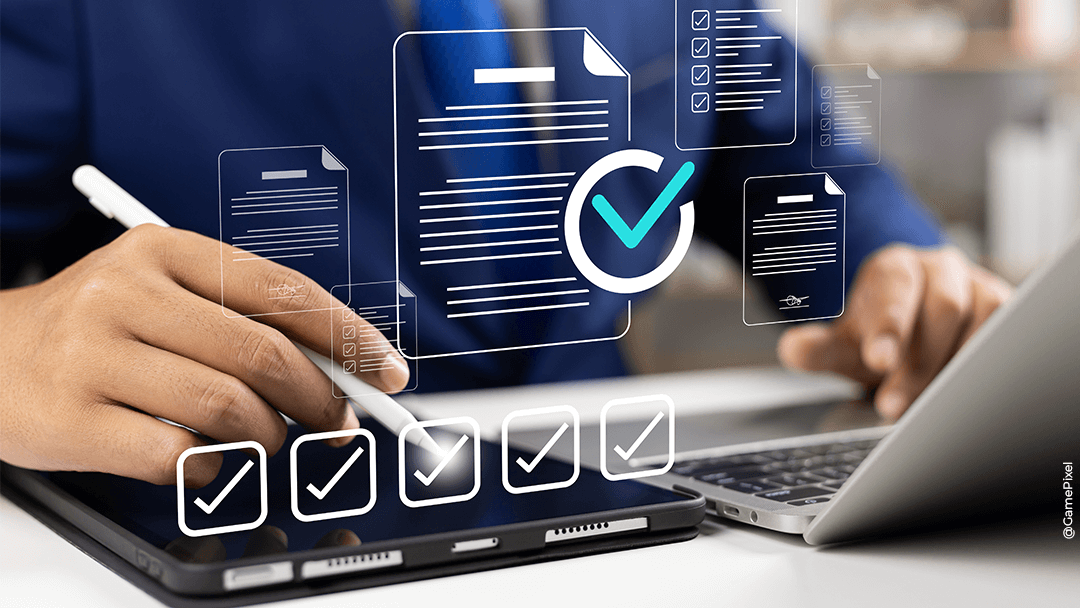Computer security has become a major preoccupation for individuals and businesses alike.
With cyber-attacks on the rise, it’s becoming increasingly important to take steps to protect your data and systems.
Here’s a guide to best practices for strengthening your IT security.
Change your passwords regularly
Passwords are the first line of defense against intrusions.
Yet many users continue to use weak passwords, or reuse the same passwords for multiple accounts.
To protect your data, it’s crucial to change your passwords regularly.
Opt for complex passwords, including capital letters, numbers and symbols.
Ideally, each account should have a unique password.
To help you manage these passwords, consider using a password manager.
This can generate secure passwords and store them safely.
Keep your equipment up to date
Software updates are often seen as a chore, but they’re so important!
Developers regularly release updates to correct security flaws discovered in their software.
Neglecting these updates leaves the door open to cybercriminals.
Make sure that all your equipment, including computers, smartphones and tablets, is up to date.
What’s more, operating systems and antivirus software should be configured to update automatically, ensuring that you’re always protected against the latest threats.
Beware of phishing
Phishing is one of the most common techniques used by cybercriminals to steal sensitive information.
This involves sending messages, often by email, that imitate official communications (from companies or institutions) with the aim of enticing you to divulge personal information such as passwords or credit card numbers.
Always be on the lookout for unexpected e-mails and messages.
Check the authenticity of the sender, and don’t click on links or attachments in an e-mail if you’re not sure of its origin.
If in doubt, contact the company directly to verify the authenticity of the message.
Back up your data regularly
Regular backup of your data is an essential practice to guard against loss of information due to unforeseen incidents, such as hardware failures, cyber-attacks or natural disasters.
Set up automatic backups of your most important files, and keep these backups in several different locations, for example on an external hard drive and in the Cloud.
In the event of a problem, you’ll also be able to restore your data without difficulty.
Less data loss!
Stay vigilant when making payments
Online financial transactions are particularly vulnerable to cyber attacks.
To protect your banking information and payments, use secure payment platforms that encrypt data.
Before making a payment, always check the authenticity of the site.
Make sure it’s a genuine site by checking that the address begins with “https” and that a small padlock is visible in the address bar.
In addition, activate notifications on your banking applications to receive immediate alerts in the event of suspicious activity.
Provide regular safety training for your employees
In a company, IT security is not limited to hardware and software; it also relies on the vigilance of employees.
Human errors, such as clicking on a phishing link or using a weak password, can compromise the security of the entire organization.
It is therefore essential to regularly train your employees in good cybersecurity practices.
Organize training sessions to make your teams aware of the risks, the techniques used by cybercriminals and the measures to adopt to protect sensitive information.
Don't use your professional tools for personal use
Using professional tools for personal purposes can considerably increase the risks to company systems.
By accessing unsecured websites or downloading dubious files, you run the risk of introducing malware into the business environment.
To minimize these risks, we recommend reserving business equipment for strictly work-related purposes.
If you need to access your personal accounts, do so from a secure personal device, not from a company computer or network.
This separation helps protect company systems from potential threats.
Use two-factor authentication
Two-factor authentication (2FA) adds an extra layer of security to your accounts.
Even if a cybercriminal manages to obtain your password, he won’t be able to access your accounts without the second form of authentication, which can be a code sent by SMS, an authentication application or a fingerprint.
Activate 2FA on all accounts that allow it, especially for the most sensitive accounts such as e-mail, bank accounts and social networks.
Learn to recognize the signs of a computer attack
Being able to detect the signs of a computer attack early is crucial to reacting appropriately.
Signs can include unusual system slowdowns, frequent error messages, the appearance of unknown files or changes in security settings.
If you notice any of these symptoms, it’s important not to ignore the problem.
Take immediate action to protect your data: immediately disconnect your device from the Internet, run a full antivirus scan, and consult an IT security professional if necessary.
Quick action can limit the damage and help secure your information against potential threats.
Use a VPN with public Wi-Fi networks
Public Wi-Fi networks are often less secure than private ones, making them a prime target for cybercriminals.
When you connect to a public Wi-Fi network, your data can be intercepted by malicious third parties.
To protect your information, use a VPN (virtual private network), which encrypts your Internet connection and makes your online activities invisible to other network users.
A VPN is particularly recommended when accessing sensitive sites, such as online banking, via a public Wi-Fi network.
Secure your home networks
Make sure your home Wi-Fi network is protected by a strong password, and use WPA3 encryption if your equipment supports it.
Router default passwords are often simple and well-known to cybercriminals, so it’s crucial to replace them with complex passwords.
In addition, to increase security, you can disable the broadcasting of the SSID, the name of your network, making it less visible to unauthorized persons.
Securing home networks is particularly important in today’s telecommuting environment, where more and more sensitive data flows from private environments.
By taking these steps, you can significantly reduce the risk of unauthorized access and strengthen the overall security of your network.
Install security extensions for your browser
Installing security extensions for your browser is essential to strengthen your online protection.
Ad blockers, such as AdBlock Plus, prevent intrusive and malicious ads, while script blockers, such as NoScript, block dangerous code.
Anti-phishing tools, such as Web of Trust, detect fraudulent sites, and privacy extensions, such as Privacy Badger, block trackers.
Choose reliable extensions, install them via your browser’s store, configure them to your needs, and keep them up to date for better security.
IT security is a shared responsibility that requires constant vigilance.
By adopting these twelve best practices, you can strengthen your protection against cyber threats and effectively safeguard your data and systems.
Whether you’re an individual or a professional, these measures are essential if you want to navigate safely in the digital world.
Never take security lightly, and always be ready to update your practices to cope with an ever-changing threat landscape.

